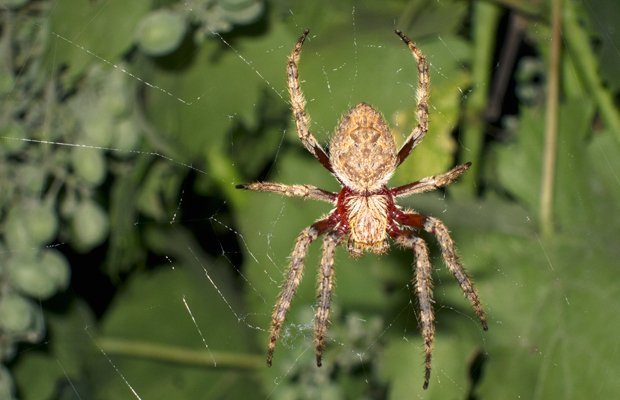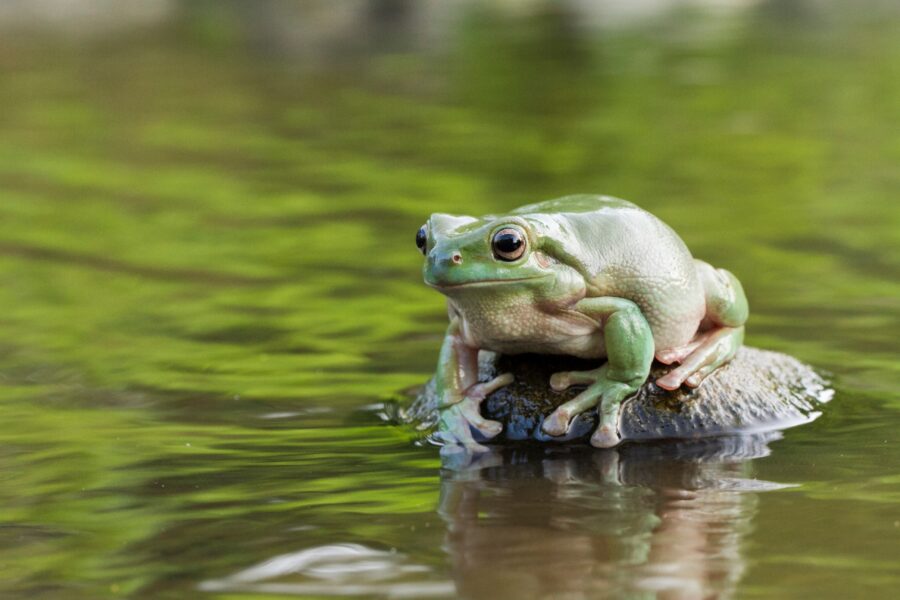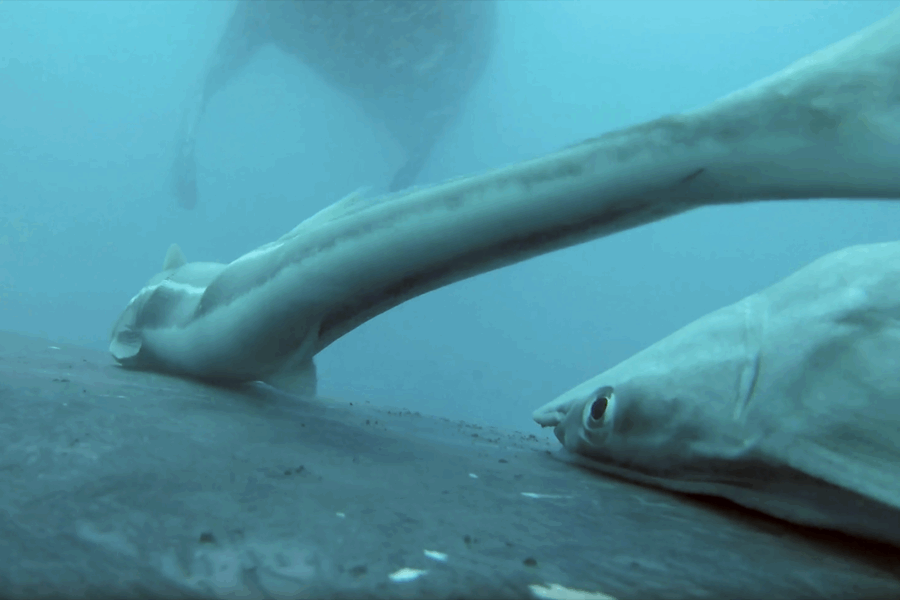Why spiders don’t stick to their webs

THE ARCHITECTS OF the creepy-crawly world, spiders are masters of constructing sticky webs to ensnare prey.
The web of a garden orb weaving spider (a group with more than 100 known species in Australia) is nothing short of an engineering feat. The webs, often built between two trees, have a core net structure more than 1m across, but the total web can stretch over several metres.
“The web itself comprises quite a number of different kinds of silk,” says Professor Mark Elgar, a zoologist from the University of Melbourne. “Non-sticky structural silk is used as the scaffold of the web, while the sticky silk makes up the spiral of the capture area.”
How a spider walks across its web
But what stops the spiders themselves from becoming entangled? To move across its web, a spider scurries across the non-sticky structural silk, gripping the threads with an intricate layer of hairs and claws on its tarsi (feet).
The hairs allow the spider to have little direct contact with the web, while the claws ensure it can securely grip each thread, preventing it from falling out of the web.
The reason that prey, such as flies, become entangled in the web is that – unlike the spider, which only touches the web with the tips of its tarsi – a large part of the surface area of the prey’s body makes contact with the sticky threads.
This is, of course, the same for us, Mark says. “If you walk into an orb weaver’s web, it becomes very difficult to disentangle your face; on the other hand, you can run your finger along any part of the silk without your finger becoming entangled.”

RELATED STORIES




